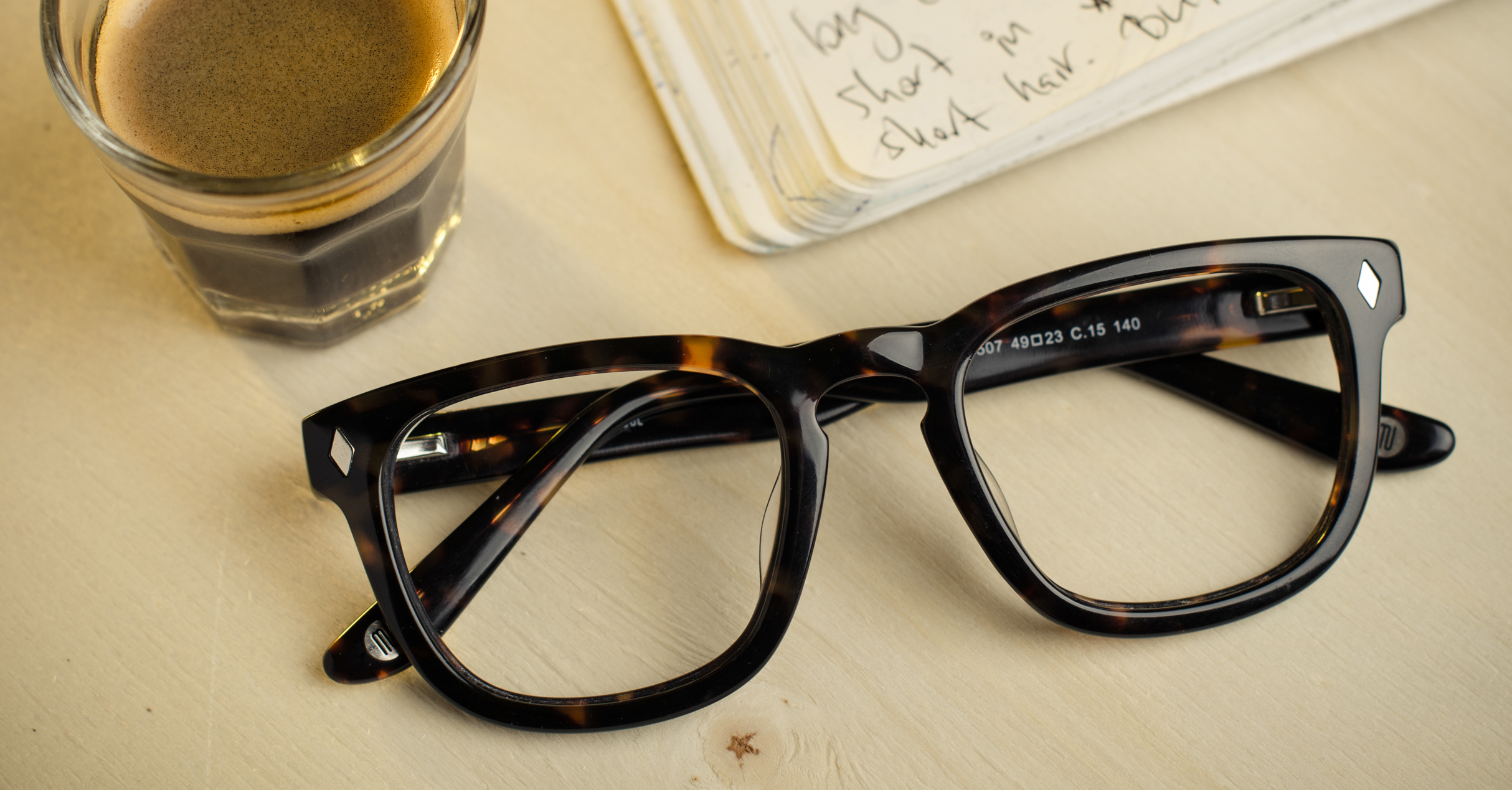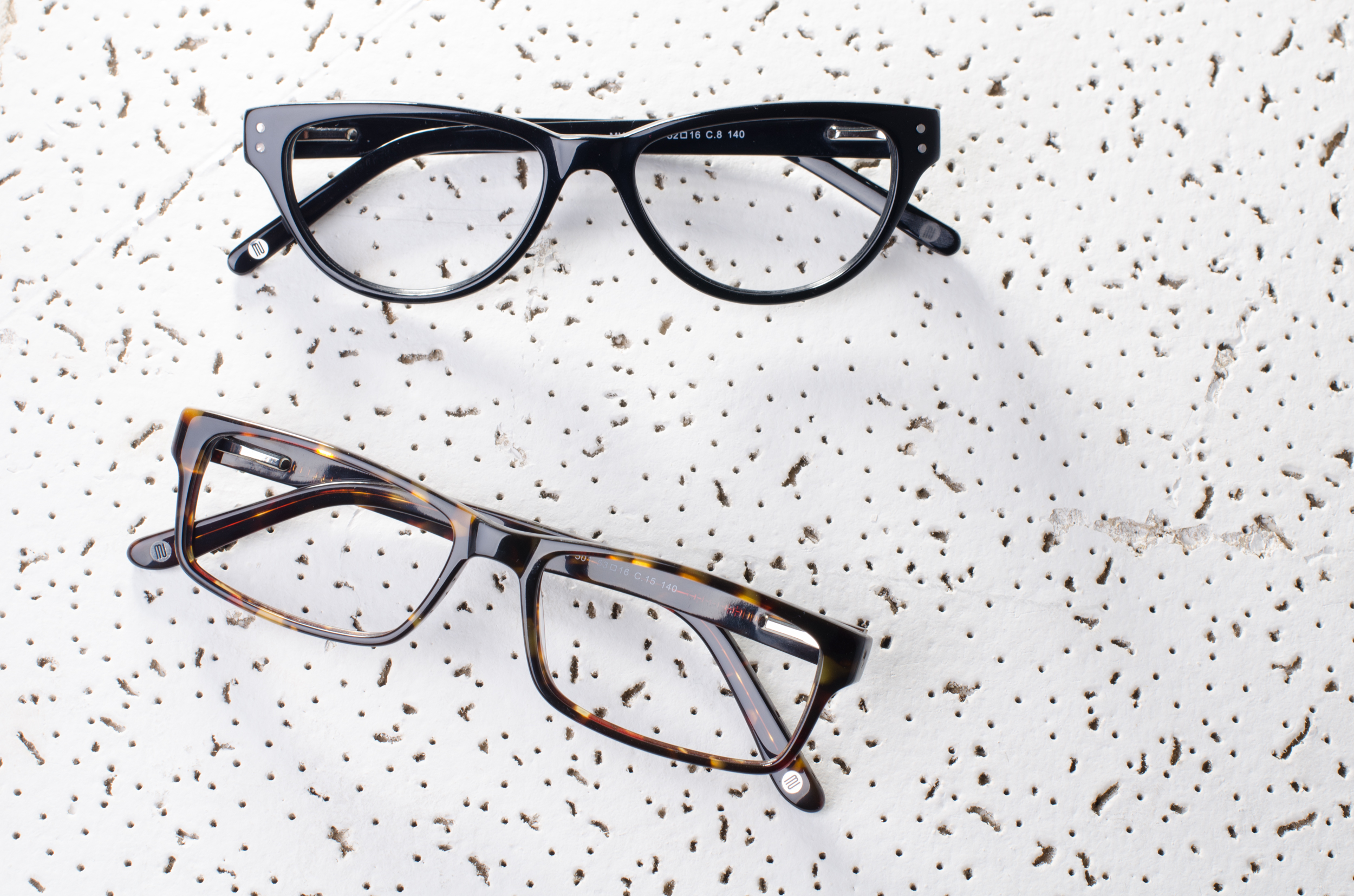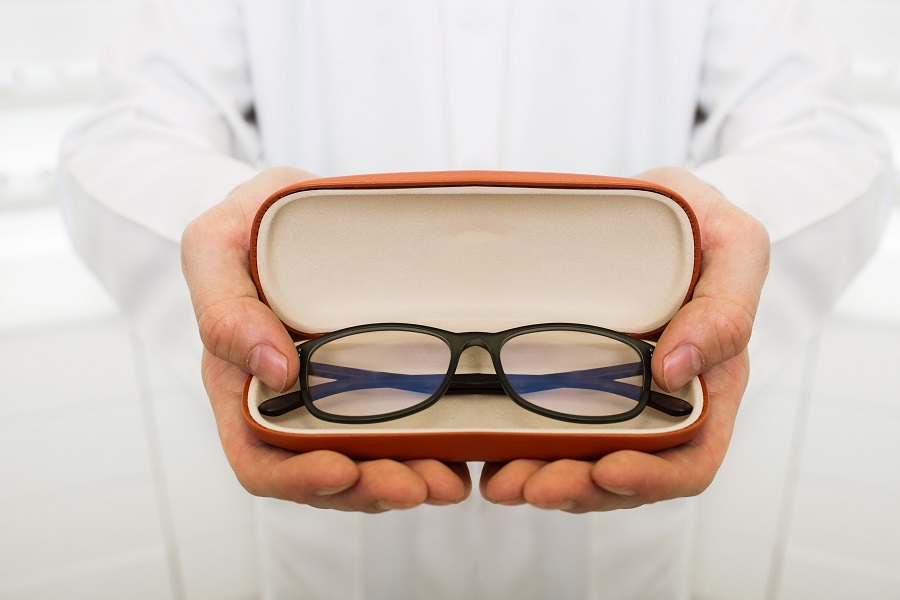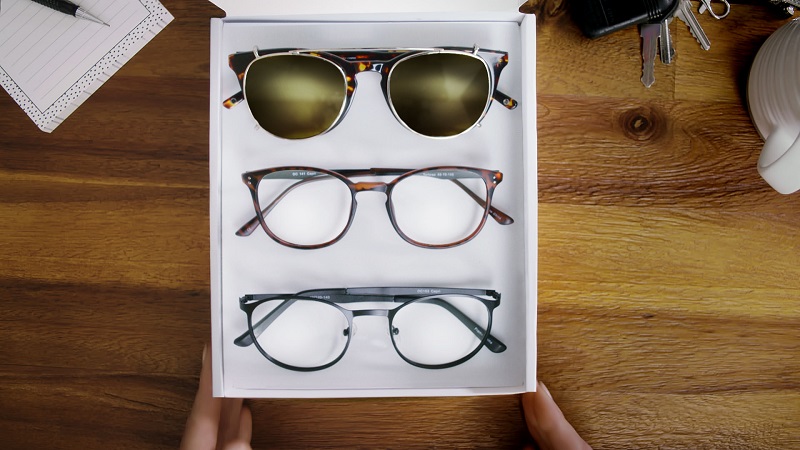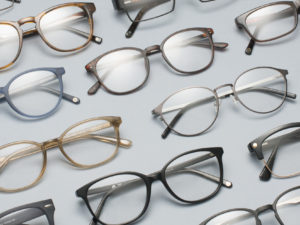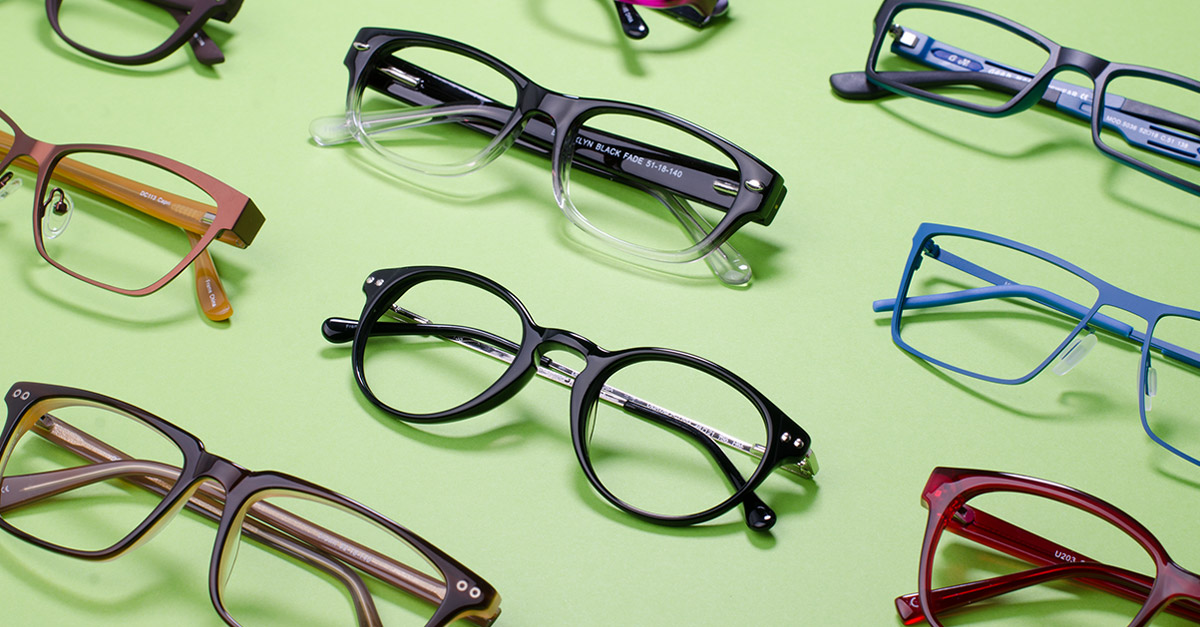It might be getting a bit more difficult to see things nowadays, you’ve begun to hold your newspaper a bit closer to your face and you’ve been generally feeling a bit disoriented in your day-to-day. Typically, if you’re experiencing similar symptoms and you’re over the age of 40 you were probably encouraged to buy your first pair of multifocal or progressive lenses! Below we’ll explain what multifocals are and why they are prescribed.
Presbyopia
Most people who wear multifocal or progressive lenses suffer from a condition called Presbyopia. Presbyopia has similar symptoms to myopia and hyperopia, but in reality these conditions are stemmed from two different conditions: myopia and hyperopia is considered a refractive issue (i.e. an issue with the way your eyes interpret light) while Presbyopia is a gradual thickening and loss of flexibility in the natural lens of your eye and is most common in people over 40. It’s a common condition and can occur in people who’ve never had vision problems before. Even people who are near sighted will notice that their vision blurs when they wear their usual glasses or lenses to correct distance vision.
Sometimes, the first symptoms of Presbyopia are when people find they need to hold reading material at arm’s length to focus properly. They may develop headaches or eye strain when performing close-up work. Sometimes, their arms “aren’t long enough.”
What are Multifocals?
Multifocal lenses are different to bifocals and trifocals. Bifocals provide two points of focus: The main part of the lens for distance vision, and the lower portion, a stronger lens for near vision. Trifocals use three lenses, for distance, near and intermediate (arm’s length) vision. With most bifocals and trifocals, it’s quite easy to make out the different lenses by the visible lines which separate them. Multifocal lenses offer a more gradual visual transition between the prescription areas, with no visible line between them.
If you already wear prescription eyeglasses, usually you will need to begin to wear multifocals to continue seeing clearly at all distances. Multifocals help you see things at all distances, once you lose the natural ability to change the focus of your eyes through age. This is Presbyopia.
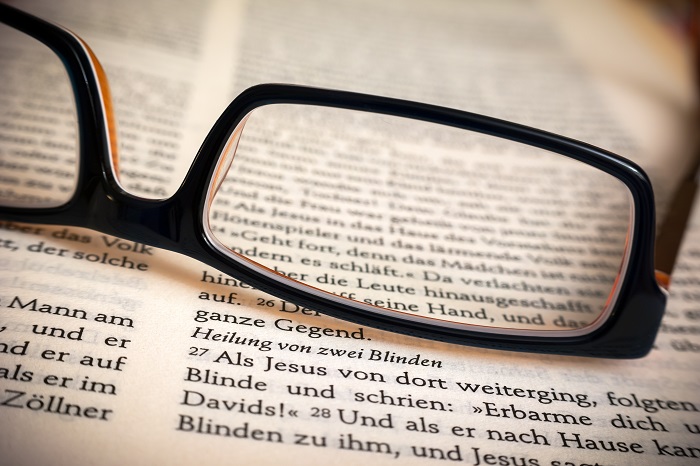
Who needs Multifocals?
Although multifocal progressive lenses are usually prescribed for adults over 40 to compensate for Presbyopia, they can also be prescribed for children and young adults who have trouble focusing, to cure eye strain. The lenses reduce the effort required to see objects at various distances. Some research suggests that bifocals or other multifocal lenses may help to control myopia in some children, by aiding their eyes’ ability to focus.
Given the benefits which multifocals can deliver, there are many occupational applications. Any job which requires the eyes to focus at varying distances are made easier with multifocals, either as a corrective prescription or one which simply helps the eyes and prevents eye strain.
Anyone working on a computer will have to focus their eyes at various distances regularly throughout their working day: The copy or document they’re working from at close distance; wall charts, colleagues and the environment around them at long distance; and the computer screen, at that crucial field of vision: the middle distance (the arm’s length).
It’s important that we care for our eyes and give them a long and useful life. Multifocals can both cure and prevent, lengthening the life of our healthy vision.
